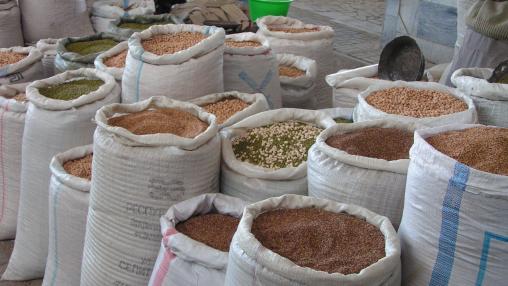
Food Price Index Fell in June, Says FAO
The FAO has released the latest version of its Food Price Index . The June Index was almost 2 points below May levels, but remained 11 points higher than in June 2012. The slight decline came mainly from sugar and dairy prices.
The Cereals Price Index also declined slightly by 2.5 points in June on expectations of bumper global crops. Tight coarse grain supplies are expected to continue until harvests in the fall, however, and the Index remains 14 points above its June 2012 level.
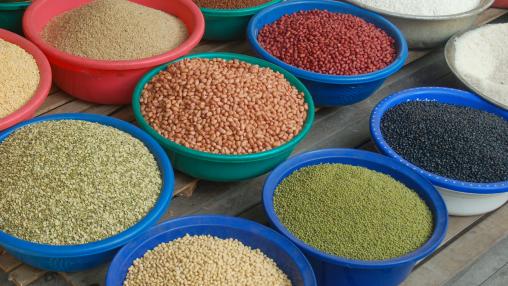
International Maize Price Rose in May, Says GIEWS
The GIEWS Global Food Price Monitor for May was released today, citing a 5 percent rise in global maize prices. The increase in maize prices reflects planting delays in the US caused by cold, wet weather in key growing areas. Wheat export sales also increased in May, adding further upward pressure on prices. Higher maize prices were seen in many low-income countries in LAC due to higher transport costs and reduced outputs.

Food Price Index Rises for Second Consecutive Month on Dairy, Meat
For the second month in a row, the FAO Food Price Index rose on sharp increases in dairy prices and marginal increases in meat. The Index averaged 215.5 points in April, up 2 points from March. At this level, the Index is only 9 points below its highest level, seen in February 2011.

Dairy Prices Surge in March, Resulting in Higher Food Prices
The FAO Food Price Index rose slightly in March based on higher dairy prices. The Index rose by 1 percent from February, but is still 1.7 percent lower than March of 2012 and nearly 11 percent below its peak in February 2011.
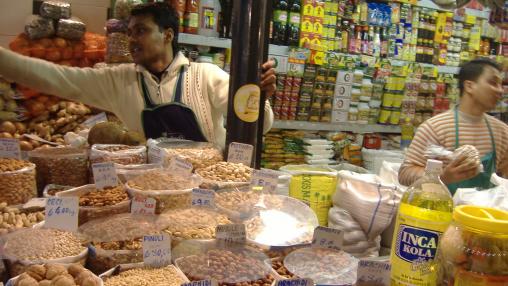
Food Prices Steady in February
The latest FAO Food Price Index , released last week, was unchanged from January levels, remaining steady at 210 points. This is five points lower than the levels seen in February 2012. The Cereals Price Index and Oils/Fats Price Index remained generally steady as well, experiencing a 1 percent drop and 0.4 percent rise, respectively. The slight decline seen for cereals is due mainly to improved wheat and maize prospects in the US.
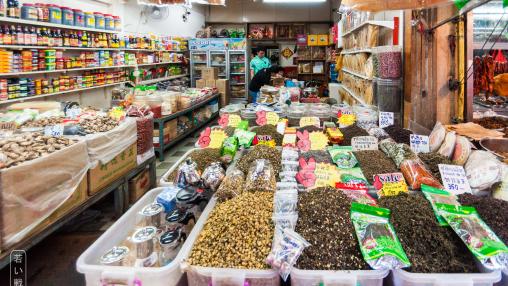
GIEWS Global Food Price Monitor Released
The latest GIEWS Global Food Price Monitor, released on Monday, cites slight declines in export prices for international wheat and maize in January. The benchmark US wheat price dropped 3 percent from December, largely on lower US exports and large supplies of wheat feed on the international market. Wheat's decline was somewhat limited, however, by continued drought conditions in the US and a weakening dollar. According to the report, domestic wheat prices in both importing and exporting countries remains high.
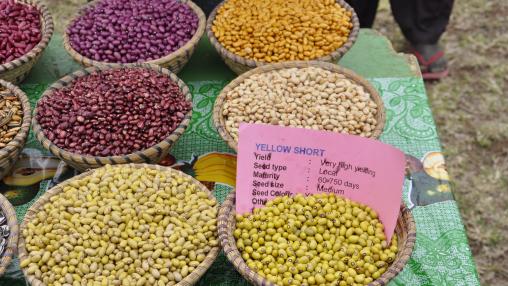
FAO Sees Steady Food Prices, Warns of Tight Supplies
After a volatile few months following the US drought, global food prices stabilized in January, according to the FAO's latest edition of the Food Price Index. The Index averaged 210 points in January, unchanged from a revised December average.
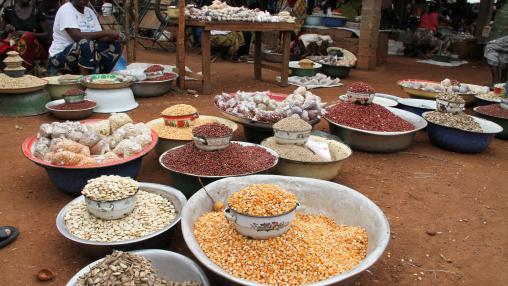
Latest FEWS Net Monthly Price Watch Released
The newest edition of the FEWS Net Monthly Price Watch was released last week, citing continuing high international maize and wheat prices. While maize prices saw drastic spikes in June and July 2012 due to drought conditions in the US, they leveled off, although at high levels, later in the year as more information regarding US crop conditions and global supplies became available. Wheat prices, on the other hand, rose steadily between May and November before leveling out in December.

Latest USDA Supply and Demand Estimates Released
The USDA's latest World Agricultural Supply and Demand Estimate has been released, predicting low global wheat and corn stocks for 2012/2013. Global wheat supplies are projected to be slightly lower due to reduced production prospects in Argentina and lower reported production in Russia. US corn ending stocks are projected to be 44 million bushels lower; higher US wheat disappearance will leave the balance sheet historically tight and is expected to support continued strong and volatile prices.

World Food Prices Lowest Since June, Says FAO
The latest FAO Food Price Index averaged 209 points in December, down 2 points from November and the lowest level seen since June 2012. The drop is due mainly to declines in grains and oils/fats. Overall, global food prices in 2012 were 7 percent lower than in 2011.
Cereal prices dropped 6 points in December, led by weaker demand for feed grain and larger maize exports from South America. Rice prices also dipped due to expectations of a good harvest.